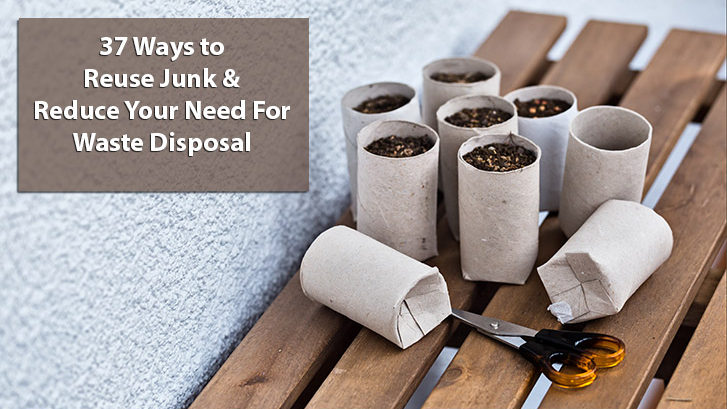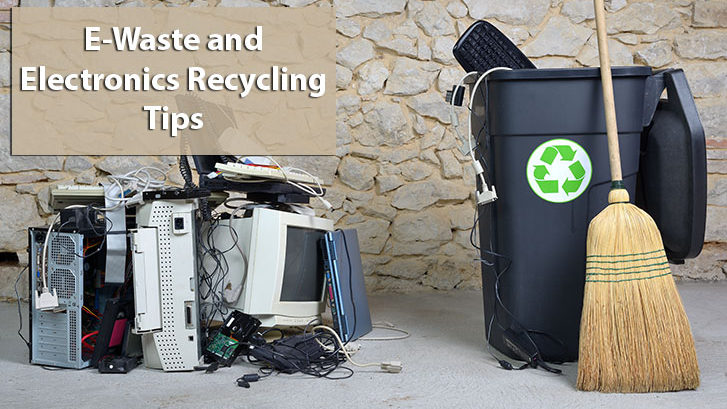The Essential Guide to Clothes Donation and Recycling in Toronto
After writing our article on decluttering your closet, we realized many of you might be in a predicament. You’ve successfully removed a bunch of clothing that you no longer need, but are now faced with the challenge of disposing of it. Do you throw it in one of our garbage bin rentals? Do you throw it in the garbage for collection curbside? The answer to both is no.
It’s surprising that even with the widespread adoption of recycling and donation programs that many people still aren’t taking advantage of them when they’re getting rid of clothing.
In fact, in North America, an astounding 85 percent of our clothing ends up in landfills. That’s over 10.5 million tons of clothing. The amount of textile waste Canada produces in a single year alone is enough to create a mountain three times the size of the Skydome (Roger’s centre) in Toronto.
The problem in the U.S. isn’t any better. Textiles in landfills are a major contributor to greenhouse gases. So much so that the EPA states that recycling all the U.S.’s textile waste would be equivalent to taking one million cars off the road!
One of the reasons clothing ends up in landfills is the lack of convenience. Even though recycling programs are so widespread, many people are still reluctant to look past their blue bins for recycling options. And finding a bin or location for clothing donations is sometimes just as inconvenient.
Because of this, we’ve decided to do the legwork for you and compile a comprehensive list of places where you can donate and recycle your clothing in Toronto and the GTA.





